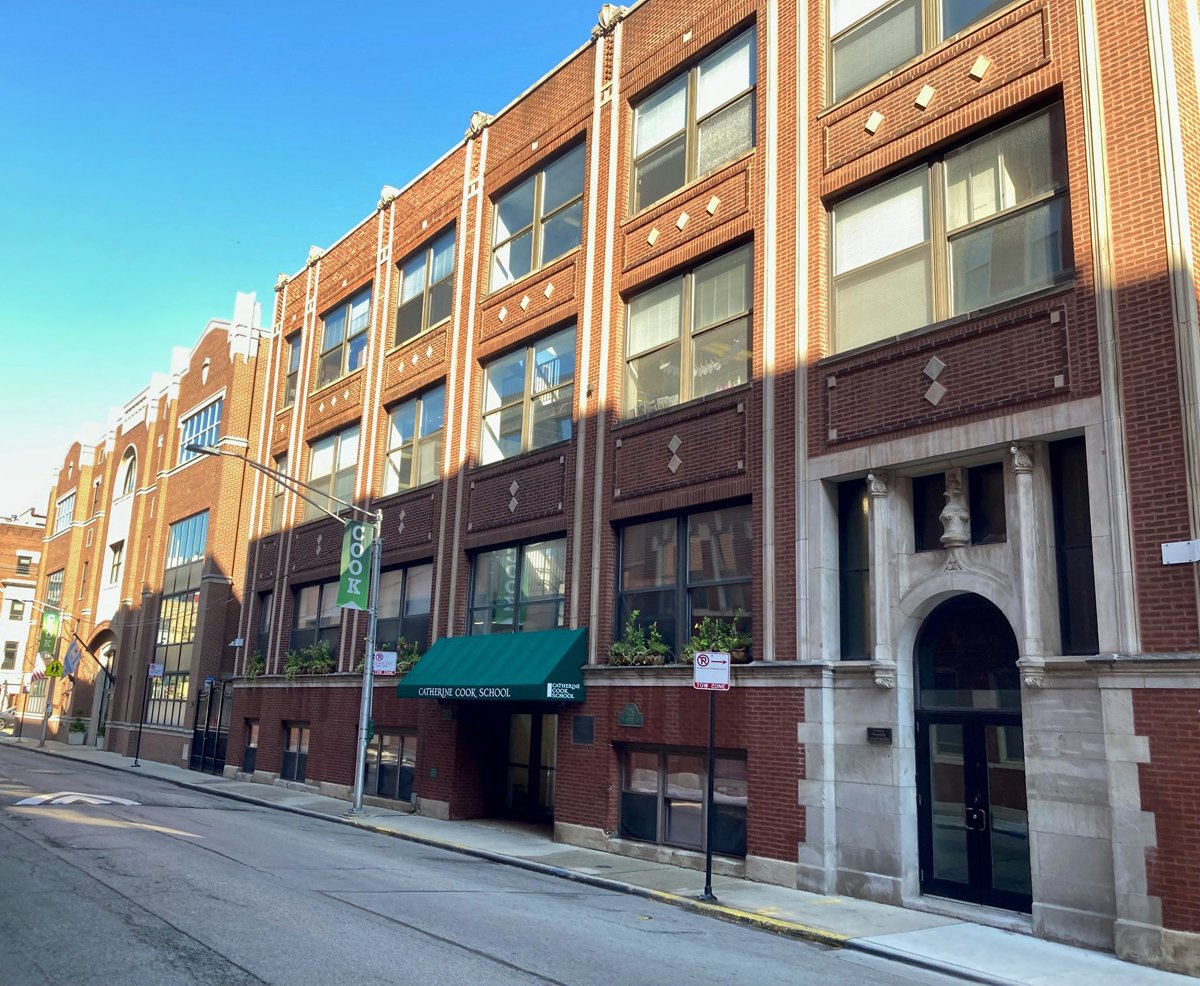In Chicago, it’s possible to buy an old, deteriorating building for one dollar, provided you promise to save it from the wrecking ball and spend your money renovating it. Not only do you avoid the wasted energy and resources associated with demolition and starting from scratch, but you can also make the building more sustainable in the process.
An Old Goldblatt's Store Goes Green (and Gold)
Three mayors ago, in the City that Works, the original Goldblatt Bros. Department Store sat empty on Chicago Avenue in the City’s bustling West Town neighborhood. A shadow of its former distinguished self, the structure was slated for demolition, to be replaced by a Del Ray Farms supermarket. Enter a group of community activists and preservationists, whose objections to the razing prompted the City to buy the vacant store in 1997 and recast it as a municipal office building. The structure, now a Chicago landmark, underwent an extensive rehab to accommodate a senior center, the Chicago Department of Family Services and other City agencies. More recently, part of it was remodeled again to become the West Town branch of the Chicago Public Library.
From Shoe Factory to School: This Green Building's in a Class by Itself
Historecycle has emerged from fall hibernation with renewed energy, like an aging building newly retrofitted with LED lights. For the past several months, we’ve been Sherlock Holmes-ing a few “mystery” structures we’ve discovered, to dig into their murky past. And the rigorous pursuit of historical data has been like a shot in the arm.
Take, for example, the former B. & B. Shoe Company factory, which dates to at least the 1920s. Located in Chicago’s Old Town neighborhood, B. & B.’s workers used sewing machines to turn out footwear by the hundreds, starting most likely in the 1940s. By 1992 the three-story brick building had been sold to the current owners and reopened as the Catherine Cook School.
The Circular Economy: Part 2
Q: And you’d like to see this [circular economic] model applied on both a local and a global level?
A: Yes. Rheaply’s vision is to make the world’s resources visible, easily transferable, and more valuable in our global economy. Closer to home, the Circular Chicago Coalition is bringing together 16 partners, including Rheaply and Plant Chicago, with the intention of seeding a circular city on the south and west sides, asking communities of color what they want rather than prescribing solutions. So we are looking at the city of Chicago and asking how we can eliminate waste within an urban environment, how we can transform the city into an efficient resource-sharing hub. For example, how do we connect nonprofits to larger companies, thereby creating loops for assets?
Q&A with Wayne Visser of 'Closing the Loop'
A global sustainability expert, Wayne Visser, Ph.D., is a fellow at the University of Cambridge’s Institute for Sustainability Leadership and holds the chair in Sustainable Transformation Antwerp Management School in Belgium. He is the co-presenter of the documentary, “Closing the Loop,” which explores five key strategies for achieving circularity—reduce, reuse, recycle, renew and reinvent—by showcasing examples from Europe, Latin America and Africa. The documentary features insights from experts from the World Economic Forum and the Universities of Cambridge and Harvard. One Earth Film Festival publicist Cassandra West interviewed Visser via a Zoom chat recently.





